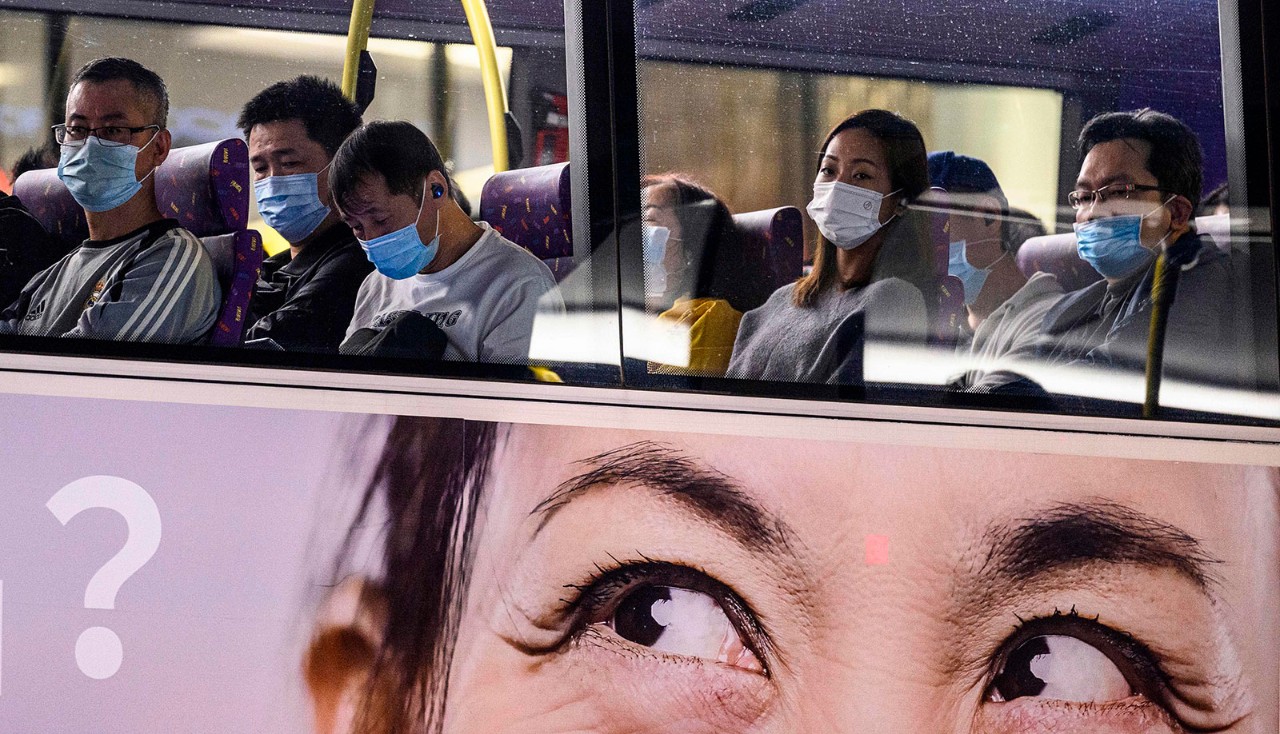
As 2020 rolls to an end, Hong Kong SAR, like the rest of the world, would have preferred to have skipped the past 12 months – except, that is, for some undoubted bright spots.
While Hong Kong’s economy has been badly battered by the fallout of the coronavirus pandemic, the financial markets have remained remarkably robust. Perhaps a sign of the times was a surge of up to 75% in the share price of JD Health on its stock market launch in the first week of December. It was Hong Kong’s biggest initial public offering of 2020 and raised US$3.5bn for JD Health’s parent company, China’s e-commerce giant JD.com.
Hong Kong’s bumper crop of floats has been boosted by US-listed Chinese tech companies placing secondary listings with HKEX. The secondary listing moves are driven in part by the geopolitical tensions between the US and China and in part by reforms to HKEX that have created a favourable listing impetus.
The JD Health listing took Hong Kong’s 2020 IPO proceeds beyond US$25bn from more than 100 deals, which puts HKEX on track for its best year in a decade
At the same time, despite speculation over its peg to the greenback, which has been in place since 1983, the Hong Kong dollar has remained steadfast. In the early part of the year the Hong Kong dollar’s interest rate premium over the US dollar was at its widest since 1999, although it has subsequently fallen back significantly. US dollars have been flowing into Hong Kong to such an extent that on several occasions the Hong Kong Monetary Authority has stepped in to support the currency peg.

The JD Health listing took Hong Kong’s 2020 IPO proceeds beyond US$25bn from more than 100 deals, which puts HKEX on track for its best year in a decade
Clockwatch
The financial markets may have remained steady, but in Hong Kong, as elsewhere in the world, much has changed amid the chaos of the Covid-19 pandemic. While Hong Kong – so far, at least – has avoided the extreme lockdowns introduced in parts of mainland China, Europe and the US, many employees have been required to work from home rather than the office. Alongside familiarising themselves with collaboration software, stress-testing systems and monitoring their children’s online lessons, work-from-home professionals are wrestling with how many hours they should work in a day.
The old-school, rears-on-seats belief of some employers that staff are only working if they are in the office seems misplaced. When it comes to standard working hours, Hong Kong has little equal. Numerous surveys put the average working week at 60-plus hours.
Even though working from home gives individuals a little more control over the hours they work, instead of binge-watching Netflix, as some employers expected, they continue to put in long days. At least, they do until the wind blows, since it has long been the norm for employees to stop work and head home when a No 8 typhoon signal is issued by the Observatory.
However, when many work-from-home employees took a day off in October as Hong Kong hoisted its first No 8 typhoon signal of the year, a storm of a different kind erupted. The Labour Department’s code of practice calls for employers to be ‘considerate, sympathetic and flexible’ on this issue, although in the absence of official government guidelines, the decision about whether to work or not is dependent on contract agreements between employer and employee. Or, as some might say, it all depends on which way the wind blows.





